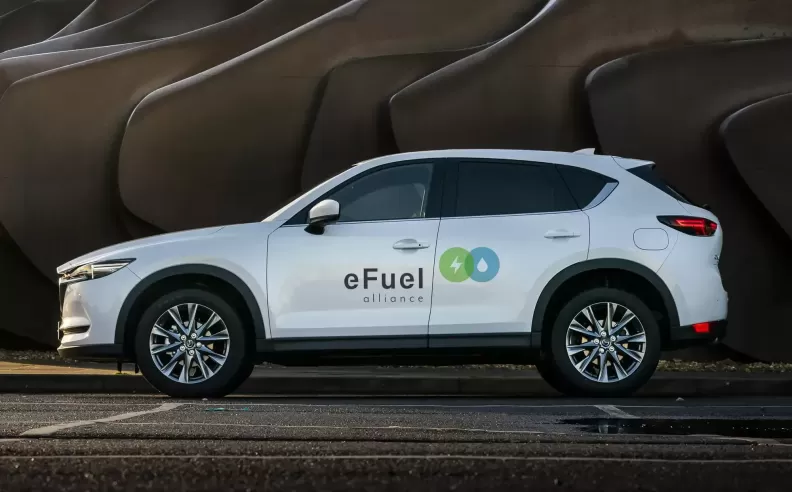
As carmakers search for greener ways to drive, E Fuel (electronic fuel) is becoming one of the hottest topics in the auto world. Seen as a bridge between classic gasoline and full electric cars, E Fuel lets you keep that familiar driving feel while cutting carbon emissions. This new fuel can run in most current engines with no big changes, making it a potential game changer for drivers and car fans everywhere. Here is what you need to know about how E Fuel is made, who is working on it, and whether it might soon be an option at your local gas station.
E Fuel is a synthetic fuel made by combining hydrogen with carbon dioxide using renewable energy sources like wind or solar power. The process starts by splitting water into hydrogen and oxygen with electricity. That hydrogen is then joined with carbon dioxide that is pulled from the air or from factories, making a liquid hydrocarbon fuel much like gasoline or diesel. Because the carbon dioxide used in the process comes from the atmosphere, E Fuel is nearly carbon neutral.
Major names in the industry, including Porsche and Ferrari, are already investing in E Fuel technology. Even energy giants like ExxonMobil have joined the race, aiming to build up commercial production in the coming years. Their goal is to create a clean fuel that keeps classic and sports cars on the road without harming the environment.
Even with its benefits, E Fuel faces some real hurdles. Right now, it costs over three times as much as regular gasoline per liter. Producing it also needs a lot of renewable electricity, and current plants cannot yet make enough to meet global demand. Electric cars are another competitor, already grabbing more of the clean transport market.
Still, researchers in Europe, Japan, and beyond are working hard to bring the cost down. Governments in places like Germany and Chile are funding large pilot projects and new E Fuel plants, hoping to make this fuel more available by 2030 to 2035. Experts say E Fuel will likely be a niche product at first, helping to keep older gasoline cars running while the world shifts to cleaner options. It will not replace electric cars, but it could help make the road to zero emissions smoother for everyone who still loves the sound and feel of a classic engine.

Started my career in Automotive Journalism in 2015. Even though I'm a pharmacist, hanging around cars all the time has created a passion for the automotive industry since day 1.